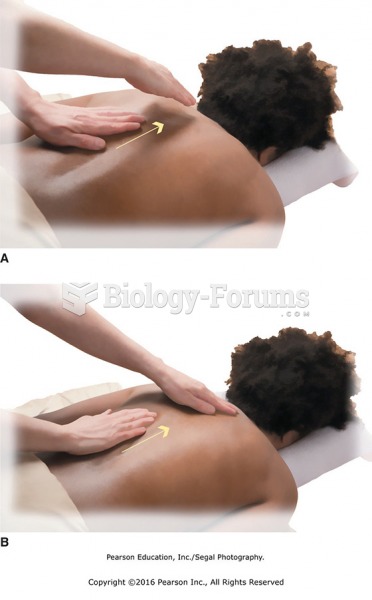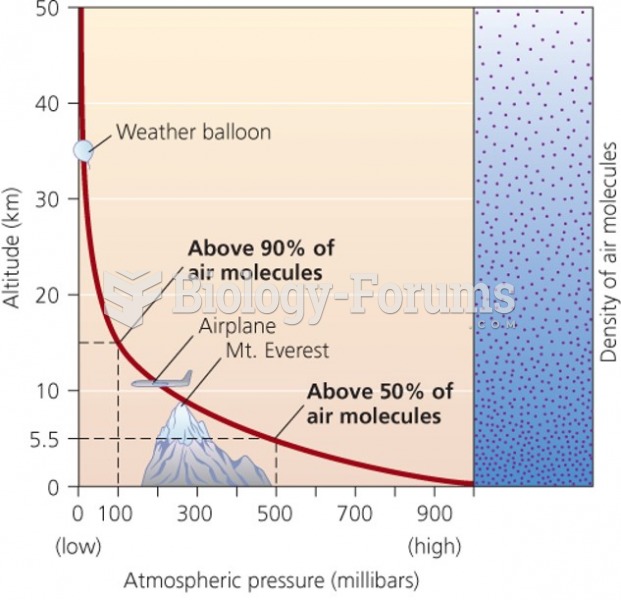This topic contains a solution. Click here to go to the answer
|
|
|
Did you know?
Cytomegalovirus affects nearly the same amount of newborns every year as Down syndrome.
Did you know?
Asthma cases in Americans are about 75% higher today than they were in 1980.
Did you know?
More than 4.4billion prescriptions were dispensed within the United States in 2016.
Did you know?
Medication errors are three times higher among children and infants than with adults.
Did you know?
The oldest recorded age was 122. Madame Jeanne Calment was born in France in 1875 and died in 1997. She was a vegetarian and loved olive oil, port wine, and chocolate.







